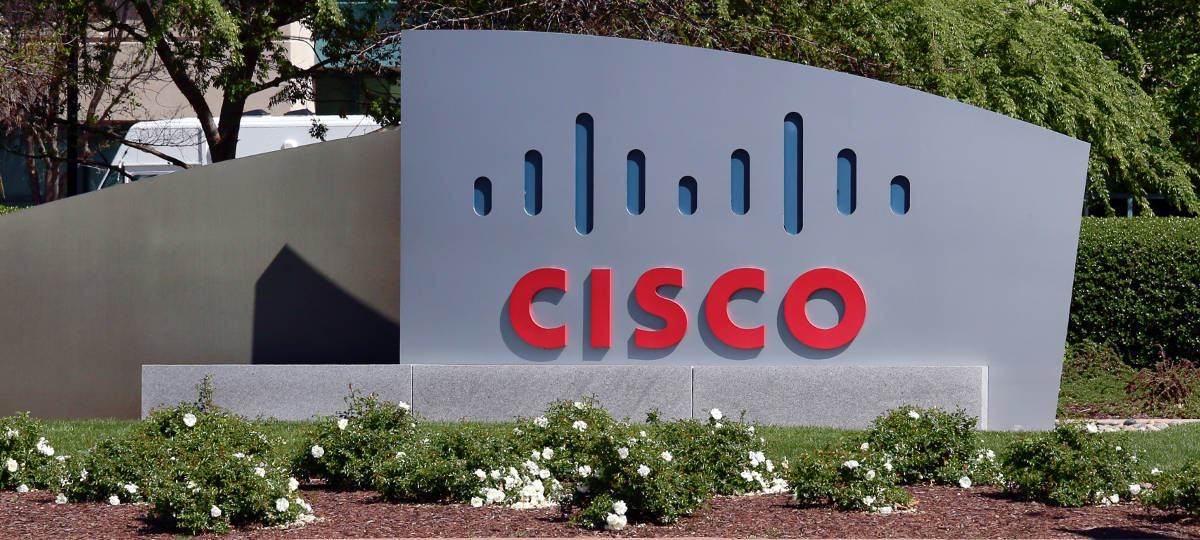If you’ve been following the SD-WAN conversation, you are undoubtedly familiar with many of the claimed benefits:
• SD-WANs increase business agility by enabling service providers to provision or reconfigure new connections in minutes or hours, instead of weeks or months with automation and orchestration.
• SD-WANs improve the user experience by empowering IT to prioritize the most important traffic, so video sales calls aren’t handled with the same priority as plain old emails.
• SD-WANs bolster service quality by allowing traffic to fail over to backup paths on alternative WAN technologies, if needed.
• SD-WANs save money by routing traffic over commodity-price Internet broadband links while offering improved service quality at a lower cost than a traditional static WAN.
• SD-WANs also enable enterprises to take advantage of service provider’s Network as a Service (NaaS) offering (and for service providers to offer one).
SD-WANs leverage virtualization, network programmability, and orchestration to make it easier, faster, and less expensive for enterprises and service providers to route network traffic in ways that best suit business requirements, to connect branch offices, to build hybrid clouds, to deliver IoT services, etc.
For service providers, SD-WANs open up new service opportunities that respond to the ever more complex connectivity needs of enterprises. SD-WANs also promise to reduce costs, primarily in the form of reduced truck rolls, reduced inventory cost, and reduced costs of manual provisioning.
As a technology, SD-WAN sounds great, and it is – it offers tremendous promise for service providers and customers alike. The benefits, however, aren’t the whole story. As an emerging technology, SD-WAN also involves a certain amount of risk and requires a certain amount of change.
Service agility is important; service quality is essential
In a crowded market driven by customer Quality of Experience (QoE), service quality is a key differentiator for connectivity, and that includes SD-WAN. An enterprise with a traditional, private, static WAN already has a high-availability, ultra-dependable network for their critical traffic. For enterprises without a private, static WAN that want a better experience than broadband, assured service quality of a SD-WAN solution is also critical to perceptions of value.
There remains, however, some debate about whether SD-WAN can match the quality and capability of a traditional, static WAN. Technologically speaking, SD-WANs replace physical, single purpose devices with commodity hardware and programmable software that can be centrally managed. Can the virtual infrastructure that underlies SD-WAN deliver the same low latency that physical infrastructure can? What about jitter?
For SD-WAN to be successful, assured service quality is a must for customers. Calls can’t drop. Applications can’t time out. Cloud back-up processes can’t fail. Insert here all the other reasons reliable connectivity is critical.
Similarly, from the service provider perspective, the benefits to offering SD-WAN solutions must outweigh the risks. Static WANs are a known quantity, and they’re highly reliable. New technologies involve learning curves, cultural change, risk to reputation, potential churn, and other challenges.
Questions aside, however, the technology is moving forward.
Assuring service quality: the key to SD-WAN success
In a nutshell, SD-WANs can provide a high level of service quality with a level of flexibility and at a cost that would be difficult to match with a static WAN solution. As new services roll out faster and faster, service assurance has never been more critical. But assuring SD-WAN service quality across hybrid, multi-vendor, multi-domain networks is no small challenge.
A single data service may involve multiple service providers, geographies, bandwidths, virtual and/or physical elements, performance levels, differentiated classes of service, reliability, weather-related outages, or perhaps other events that affect network traffic (like, say, the Olympics’ opening ceremony). The amount of network data involved is huge – ‘big’ barely does it justice.
To assure a SD-WAN effectively, network operations personnel need to be able to visualize, monitor, and manage the entire service, end-to-end, in a unified, holistic way. One might rightly ask: but can’t traditional service assurance solutions do all that? The short answer is not completely.
Many traditional assurance solutions only assure some of the network domains required to deliver SD-WAN solutions. Many solutions are vendor-specific. Many other solutions are not prepared for SD-WAN because they can’t assure services that use Software-Defined Networking (SDN) or Network Function Virtualized Infrastructure (NFVI) – two primary technology enablers for SD-WAN solutions.
Even “next-generation” assurance solutions are typically piecemeal – they don’t de-silo all the rich network big data available – topology, inventory, fault, performance, utilization, trouble tickets – and bring it together into a single-pane context for network operations technicians to use in their service operations.
As a result, for many operations technicians today, assuring the quality of a given data service and performing root cause analysis when the service fails, may require swiveling between a range of different applications and interfaces to make best-guess correlations.
To take full advantage of SD-WAN, service providers need a rich, multi-domain, multi-vendor service assurance solution that connects fault, performance, utilization, tickets, topology, and inventory – all in a single pane of glass. Unified service assurance enables network operations personnel to monitor and assure QoE in a holistic, customer-aware way, across not only SD-WANs but also the underlying network services and elements that have an impact on SD-WAN service quality.
The good news is that the right unified service assurance solution enables service providers to see how and where problems affect customer experience, not just which device made by a particular vendor is having trouble in a particular part of the network. That insight drives quick remediation; reducing triage time, handle time, truck rolls, and MTTR – even across intercarrier links. Say there’s heavy congestion along a particular optical link. The operator’s engineers can see, at a glance, which SD-WANs are affected and, as important which customers – and move to reroute the traffic before those customers feel the impact.
There are many reasons to deploy an SD-WAN, and the technology makes good sense for both enterprises and service providers. CFOs will love the ROI; service providers will embrace the new business opportunities SD-WANs enable. To take full advantage of the technology, however, operators will also need unified service assurance solutions that assure the quality of the SD-WAN services they roll out.
By Chris Purdy, CTO, CENX















